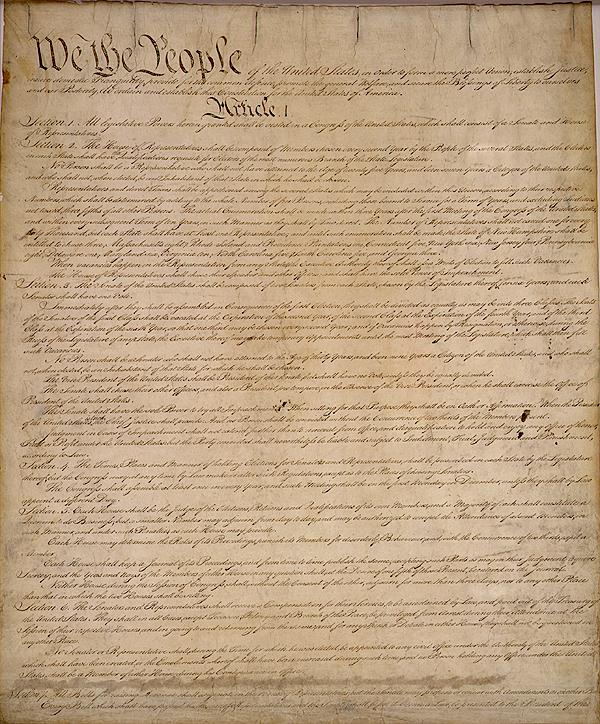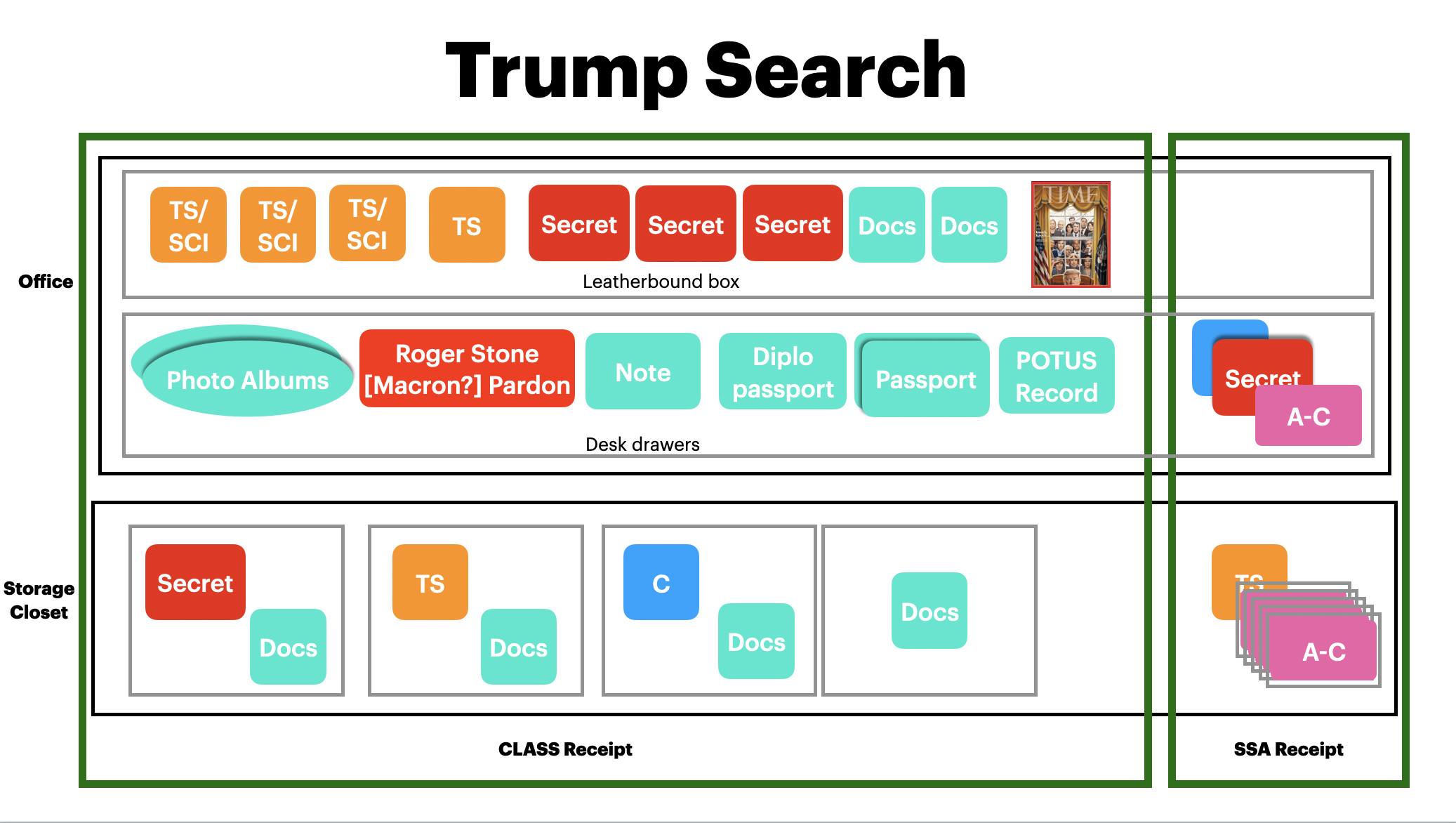The Thirteenth Amendment
I’m moving on to Eric Foner’s book The Second Founding: How the Civil War and Reconstruction Remade the Constitution. It’s a detailed description of the history of the adoption of the 13th, 14th, and 15th Amendments, and their aftermath.
The Emancipation Proclamation did not end slavery. A large number of enslaved people lived in areas not controlled by the Union and thus unprotected. Many more lived in the Border States and Tennessee which were exempt. Abraham Lincoln and his Republican Party were concerned that the Supreme Court, led by the odious Roger Taney, would declare it unconstitutional, or rule that it terminated when the Civil War ended. By this time there was a strong belief that slavery sullied the nation’s principle of equality of all people before the law. Foner doesn’t say it, but by this point it must have been obvious that, as Lincoln puts it in his Second Inaugural Address:
These slaves constituted a peculiar and powerful interest. All knew that this interest was, somehow, the cause of the war.
These and other considerations led to the introduction of several versions of the Thirteenth Amendment in December 1863.
The opposition party, the Democrats, offered a number of objections. One was the slippery slope argument. Give freedom to enslaved people and they’ll demand the vote, the right to own property, the right to testify in court, and and even “racial amalgamation” P. 33. This sometimes took the form of outright racism bellowed on the floor of the House and Senate.
Fernando Wood, the former mayor of New York City now a member of the House of Representatives, painted a lurid picture of the amendment’s consequences: “It involves the extermination of the white men of the southern States, and the forfeiture of all the land and other property belonging to them.” P. 33.
Others took a states rights position, that each state should make its own decision. Still others warned against the intrusion of the federal government into property rights. If the government could free slaves without compensation, what prevented it from taking the factories of the north? Some opposition Democrats even thought slavery should be permitted after the war.
The debates went on throughout 1864. The bill received fewer than the required ⅔ in the House. It was brought back in the lame duck session after the election of 1864, and passed January 12 with Lincoln in full support. The story of his change of mind is fascinating: here’s a review of a book Foner wrote about it.
The 13th Amendment does more than abolish slavery. Section 2 gives Congress unprecedented power to enforce it. Foner says this provision changed the relationship between the federal and state governments in our dual sovereignty system. For the first time, Congress was specifically empowered to legislate in the area of the rights of citizens of the states.
Ratification required the votes of ¾ of the states. That took the rest of the year, and the 13th Amendment became part of the Constitution on December 19, 1865. Foner points out that Mississippi abolished slavery in in its post-war constitution, but refused to ratify the 13th Amendment until 1995.
… [I]ts legislative Committee on Federal and State Relations explained why: the second section might in the future be interpreted to authorize Congress “to legislate in respect to freedmen in this state. [We] can hardly conceive of a more dangerous grant of power.” P. 39.
The 13th Amendment didn’t answer a basic question: what does it mean to be free. As one Democratic congressman put it, “mere exemption from servitude is a miserable idea of freedom”. P. 41. The matter was debated extensively throughout the Reconstruction Era, and the debate continues today. There was general agreement that freedom included a man’s right to control his own person, to earn his living by his labor, and to keep the proceeds of his labor to support himself and his family. But the entire agricultural system of the slave states was based on unfree labor, on slavery, and to change to a system of free labor was an enormous undertaking.
Slavers and White Supremacists seized on the punishment clause of the 13th Amendment: slavery was abolished “except as a punishment for crime whereof the party shall have been duly convicted”. Foner notes that this clause was added without much attention, simply because it was part of a similar provision in the Northwest Ordnance.
Starting with Mississippi the slave states enacted Black Codes. These made it a crime for Black men not to have jobs, and the punishment was to be leased out by the State to plantation owners where they would be forced to work for free. They also grabbed Black children and forced them into unpaid apprenticeships on the ground that their parents couldn’t afford to take care of them.
Foner points out that very few people thought the 13th Amendment changed the common law of coverture: men were entitled to their wives’ unpaid home services and sexual relations. Black women probably didn’t think coverture was much af an improvement for themselves, but at least they could marry and keep their children.
It was apparent that much more would be necessary if Black people were to be truly free.
Discussion
1. This material is infuriating. It’s horrifying that I didn’t know much of this history. Surely somewhere I heard about the Black Codes? But I’m sure it wasn’t in any history class I took in my 19 years of schooling. And in the slave states (sorry, I mean Red States), politicians are trying to stamp out this history altogether, supported by slabs of money from people afraid to put their names on the checks.
2. The historical links between the Black Codes and the carceral state, are, I trust, obvious.
3. Dual sovereignty has proven itself to be a disaster for many of us. US citizenship confers few meaningful political rights. Your political rights depend almost entirely on the state you live in. Your right to vote, your right to medical treatment, your right to a decent education, your right to walk the streets without being terrorized by gun freaks, and most other rights we think of as basic to our liberty, all come from state law. If you live in a Red State you have the right to shorter life, poorer working conditions, lower wages, an indifferent education, restricted voting rights, and whatever health care you can buy. If you live in a Blue State, you live better.
That’s not true in other countries. Germany doesn’t let Bavaria decide to provide a different health care system than Saxony. Japan doesn’t let the kids in Osaka use vastly different textbooks than kids in Hiroshima. India doesn’t let Uttar Pradesh decide who can vote; in fact there are no countries that let political subdivisions create voting restrictions. That’s because being German or Indian or Japanese means you are a citizen of a nation, not of a province.
What does it mean to be a citizen of the US? We’re still arguing about that after 250 years. And SCOTUS says you are not an American, you’re a Georgian or a Californian when it comes to the important parts of your daily life. SCOTUS, of course, stands firmly on the side the the successors to the slavers.



